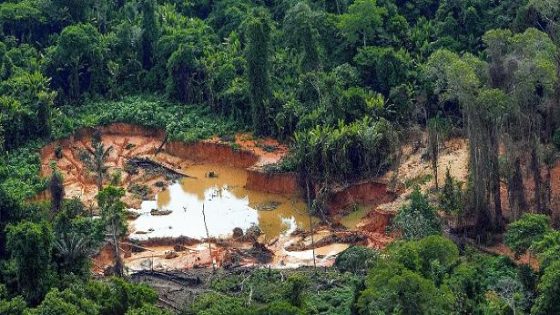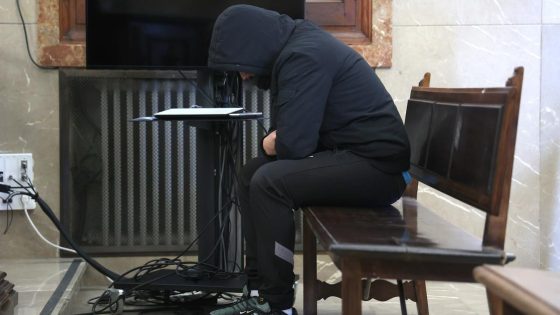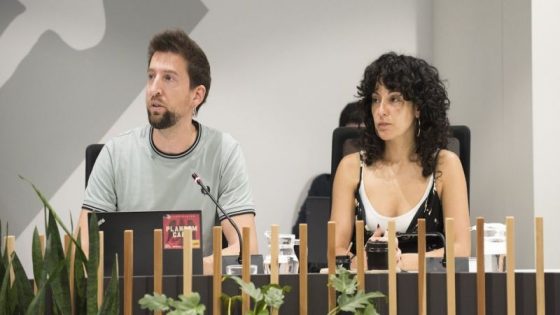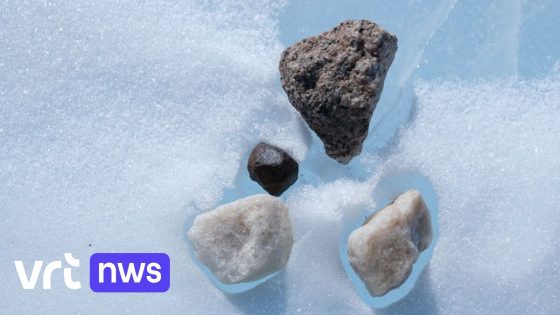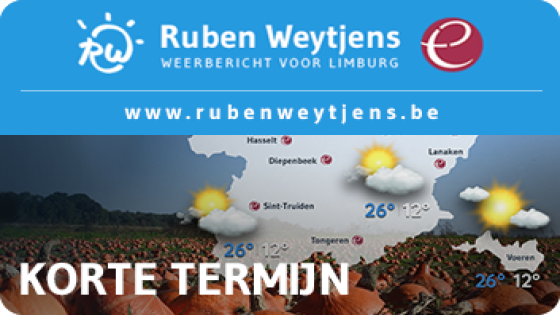The illegal mining industry is rapidly expanding in the Amazon, surpassing industrial mining operations. Recent studies reveal a concerning trend: while industrial mining covered 1,800 square kilometers in 2022, illegal mining reached an alarming 2,627 square kilometers. What does this mean for the environment and indigenous communities?
- Illegal mining surpasses industrial mining historically.
- Mapping confirms illegal mining's expansion.
- Illegal mining area increased significantly since 1985.
- 62% of illegal mining in indigenous lands.
- Kayapó, Munduruku, and Yanomami suffer most.
- Indigenous territories face dual pressure from mining.
Illegal Mining in the Amazon: A Growing Threat to Indigenous Lands
How can we address the challenges posed by illegal mining in the Amazon? This issue is not just local; it has global implications. The illegal mining sector has been encroaching on protected indigenous territories, leading to severe environmental degradation and human rights violations.
Understanding the Impact of Illegal Mining on the Amazon Ecosystem
The illegal mining boom in Brazil has far-reaching consequences. It not only devastates the environment but also places immense pressure on indigenous communities. Here are some key points to consider:
- 62% of illegal mining activities occur within indigenous lands.
- Indigenous territories are meant to be protected by law, yet they are increasingly targeted.
- Communities like the Kayapó and Yanomami face severe threats to their way of life.
- The environmental impact includes deforestation, pollution, and loss of biodiversity.
The Role of Indigenous Communities in Protecting the Amazon
Indigenous communities are vital to the preservation of the Amazon rainforest. They have lived sustainably for generations and possess invaluable knowledge about the ecosystem. However, illegal mining disrupts their lives and threatens their lands. How can we support these communities in their fight against illegal mining?
Global Responsibility: What Can Be Done?
Addressing the illegal mining crisis requires a collective effort. Governments, NGOs, and individuals must work together to advocate for stronger protections for indigenous lands. International awareness and support can help combat this growing threat. What steps can you take to raise awareness and support indigenous rights?



